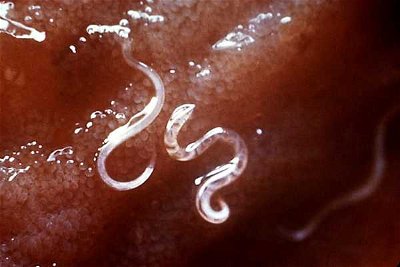 Zoonoses are diseases that can be transmitted from animals to humans. There are a lot more than you may think. Here is a little bit on info on ten of them.
Zoonoses are diseases that can be transmitted from animals to humans. There are a lot more than you may think. Here is a little bit on info on ten of them. Average, 10 Qns, dcpddc478,
Mar 02 18
 Zoonoses are diseases that can be transmitted from animals to humans. There are a lot more than you may think. Here is a little bit on info on ten of them.
Zoonoses are diseases that can be transmitted from animals to humans. There are a lot more than you may think. Here is a little bit on info on ten of them. |
|
 Quick Question
Quick Question = Top 5% Rated Quiz,
= Top 5% Rated Quiz,
 Top 10% Rated Quiz,
Top 10% Rated Quiz,
 Top 20% Rated Quiz,
Top 20% Rated Quiz,
 A Well Rated Quiz
A Well Rated Quiz
· All questions, answers, and quiz content on this website is copyright FunTrivia, Inc and may not be reproduced without permission. Any images from TV shows and movies are copyright their studios, and are being used under "fair use" for commentary and education.